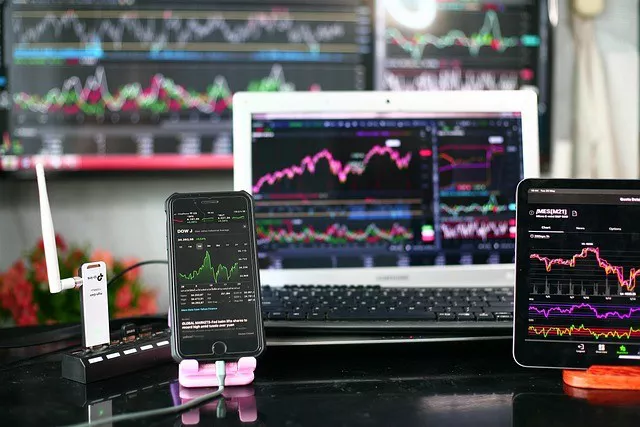In recent years, the silver market has witnessed a significant increase in prices, captivating the attention of investors and analysts alike. This surge has sparked curiosity about the underlying factors driving this upward trajectory. In this article, we will delve into the reasons behind the rising silver price, exploring both fundamental and market-driven influences. By understanding these dynamics, investors can gain valuable insights into the silver market and make informed decisions.
Industrial Demand and Supply Constraints:
a) Industrial Applications:
Silver’s unique properties, including its electrical conductivity, reflectivity, and antibacterial characteristics, make it an indispensable component in various industries. From electronics and solar panels to medical equipment and automotive manufacturing, the demand for silver in industrial applications continues to grow. As technology advances and sectors like renewable energy expand, the need for silver is expected to rise, which exerts upward pressure on its price.
b) Supply Constraints:
The supply of silver is influenced by multiple factors. Primary silver mining production faces challenges due to declining ore grades and increasing extraction costs. Additionally, silver is often produced as a byproduct of other metals, such as copper, lead, and zinc. Fluctuations in base metal mining can impact the available supply of silver. Supply disruptions, labor strikes, geopolitical tensions, and environmental regulations further contribute to potential constraints, leading to higher prices.
Investment Demand and Safe-Haven Appeal:
a) Monetary Policy and Inflation Hedge:
Silver, like gold, serves as a hedge against inflation and currency devaluation. During periods of monetary easing, when central banks employ policies to stimulate the economy, investors seek refuge in precious metals. Silver’s relative affordability compared to gold makes it an attractive option for those looking to protect their wealth from potential inflationary pressures. As concerns about inflation persist, investment demand for silver increases, pushing its price higher.
b) Market Volatility and Geopolitical Uncertainty:
Silver, being a tangible asset with intrinsic value, often attracts investors during times of market volatility and geopolitical instability. Economic downturns, political conflicts, trade tensions, and global crises can trigger a flight to safety, leading to increased demand for silver as a safe-haven asset. Heightened uncertainty fosters market sentiment favoring precious metals, including silver, thereby contributing to price appreciation.
Silver ETFs and Retail Investment:
a) Exchange-Traded Funds (ETFs):
The emergence of silver exchange-traded funds (ETFs) has provided investors with a convenient avenue to gain exposure to the silver market. These funds hold physical silver or silver futures contracts, and their net asset value is directly linked to the prevailing silver price. The growing popularity of silver ETFs has driven investment demand, exerting upward pressure on prices as fund managers accumulate silver holdings to meet investor demand.
b) Retail Investment Demand:
Individual investors play a significant role in the demand for physical silver products, such as coins and bars. Increased interest in tangible assets, diversification strategies, and a desire to preserve wealth contribute to retail investment demand. Additionally, the allure of collecting rare or commemorative silver coins can fuel demand in the numismatic sector, further impacting the overall silver price.
Speculative Activity and Market Sentiment:
a) Commodity Trading and Futures
Markets: Speculative trading in silver futures contracts and other derivative instruments can have a notable influence on short-term price movements. Large institutional traders, hedge funds, and individual speculators engage in trading activities based on market expectations, technical analysis, and macroeconomic factors. Their buying or selling pressure can amplify price swings, creating momentum that drives the silver price higher.
b) Investor Sentiment and Perception:
Psychological factors, such as investor sentiment and perception, can affect the silver market. Positive sentiment towards silver as an investment or belief in its growth prospects can spur increased buying activity, elevating prices. Conversely, negative sentiment or concerns about market stability may drive investors towards alternative assets, potentially impacting the demand and price of silver.
Conclusion:
The rising silver price is influenced by various factors, including industrial demand, supply constraints, investment demand, safe-haven appeal, silver ETFs, retail investment, speculative activity, and market sentiment. The interplay of these dynamics creates a complex landscape that shapes the silver market’s performance. As global economies evolve, technology advances, and inflationary pressures persist, silver is likely to retain its significance as both an industrial metal and a store of value. By closely monitoring these factors and understanding their impact, investors can better navigate the silver market and capitalize on potential opportunities while managing risk effectively.


